At the height of the Battle of Alcañiz, Spain, on May 23, 1809, as he was about to order a desperate charge by French troops into the center of the Spanish line, Col. Pierre François Marie Auguste Dejean happened to glance down.
The air around him was thick with gunpowder and blood, but on a flower beside a stream he saw a beetle, species unknown. He immediately dismounted, collected it and pinned the specimen to a piece of cork affixed to the inside of his helmet.
Dejean was a count and a battle-tested leader in the Napoleonic Wars who would later serve as Napoléon Bonaparte’s aide-de-camp. But he was also a coleopterist—a specialist in beetles. Dejean’s men knew of his obsession. Many carried glass vials for him and had orders to collect anything on six legs that crawled or flew.
His enemies knew it, too, and, out of respect for the cause of scientific discovery, returned to him vials taken from the dead on the field of battle.
Having pinned this latest prize, Dejean swung back up into the saddle and ordered the attack. With bayonets fixed, the massed French forces advanced upslope toward the Spanish artillery. The gap between them closed. The scene grew tense and quiet. Then, at the last moment, the cannon loosed a storm of grapeshot into the attackers’ faces, killing hundreds of French soldiers.
Shot shattered Dejean’s helmet, but he and his specimen survived intact. Years later he would name his specimen from Alcañiz, by genus and species, Cebrio ustulatus — only to find that someone else had already entered the species in the annals of science under a different name.
To modern readers Dejean’s reckless passion for beetles in the face of enemy fire may sound insane. But in the 18th and 19th centuries — when European nations launched the great age of biological discovery — soldiers and sailors often led the quest for new species.
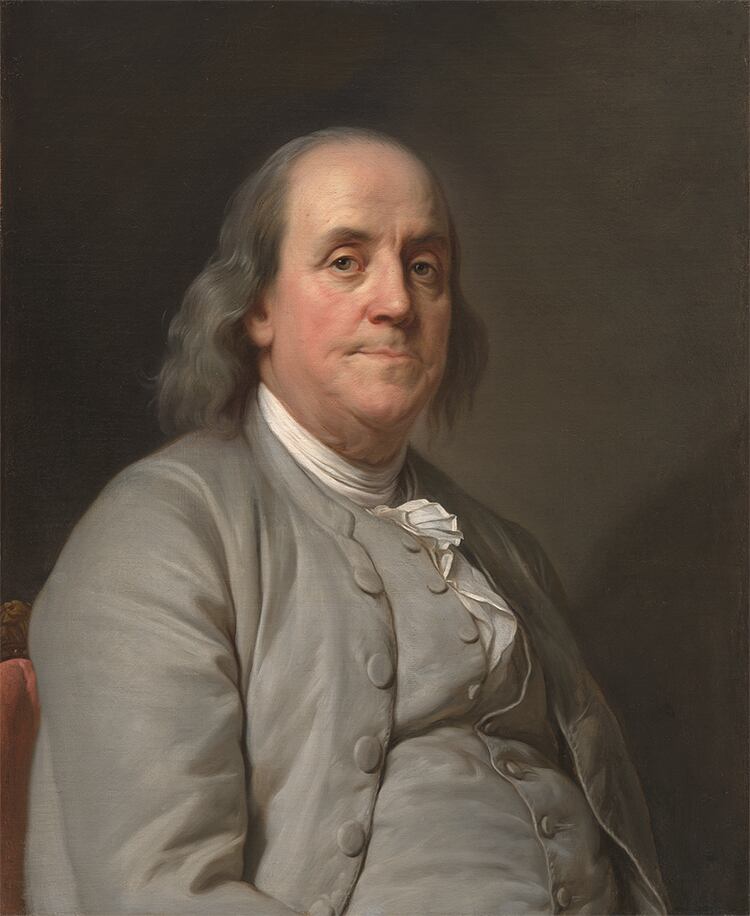
They were typically the first outsiders to visit remote regions, and their need to reconnoiter the terrain meant, among other things, getting to know the flora and fauna.
Were jaguars or venomous snakes a threat?
Were elk or bison abundant enough to supply food?
Were plant or animal products suitable for commercial development?
Military men also shared in that era’s genuine excitement about natural history. Even the busiest and most powerful statesmen and soldiers commonly made time to collect a new species or to reach out to an enemy in joint pursuit of some precious fossil.
The American Revolution was already underway in 1775, for instance, when Benjamin Franklin instructed American ships not to interfere with Capt. James Cook as he returned on Royal Navy’s sloop Resolution from his second voyage of discovery.
And the war had not quite ended when, in 1782, George Washington lent an enemy officer a dozen men with wagons and tools to help excavate a mastodon skeleton in New York’s Hudson Valley.
Discoveries about the natural world were regarded almost universally as “useful knowledge,” a phrase Benjamin Franklin helped turn into a watchword of the day.
Decades earlier Franklin had helped found the American Philosophical Society, the nation’s leading scientific organization. Its purpose was to encourage all studies “that let Light into the Nature of Things, tend to increase the Power of Man over Matter and multiply the Conveniencies [sic] or Pleasures of Life.”
But it was, of course, much more than a matter of convenience. Deciphering the natural world mattered urgently at a time when mysterious epidemics still swept away whole armies almost overnight.
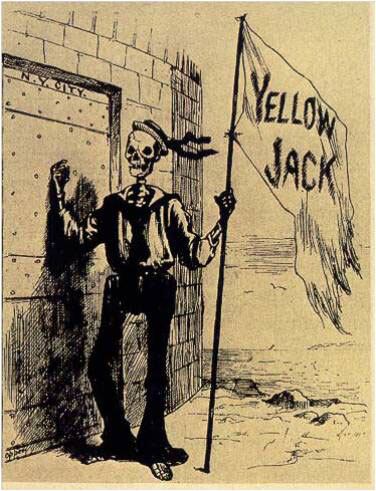
Laying siege to Cartagena, Colombia, in 1741, for instance, the British lost three-fourths of their 12,000-man army to yellow fever. An 1802 epidemic of the same disease in Haiti decimated a French army there and caused Napoléon to question the value of his American holdings, setting the stage for the American purchase of Louisiana the following year.
Man had already discovered and described the mosquito Aedes aegypti, but it would be another century before a U.S. Army team proved it was the carrier of yellow fever. Likewise, people still blamed “marsh miasmas,” not Anopheles mosquitoes, for the spread of malaria. They at least realized that quinine, from the bark of the South American cinchona tree, was an effective remedy, and in the second half of the 19th century it played a critical role protecting soldiers in tropical regions.
In the United States, Thomas Jefferson helped establish the role of the military in natural science in 1803, when he commissioned two soldiers, Capt. Meriwether Lewis and 2nd Lt. William Clark, to explore the American West.
Jefferson, who served simultaneously as president of the nation and of the American Philosophical Society, arranged for Lewis to receive special training in scientific collection methods, and issued particular instructions to notice “the animals of the country generally.”
The expedition went on to record the scientific discovery of the elk, the grizzly bear, the western rattlesnake, the cutthroat trout, the trumpeter swan and several hundred other animal and plant species.
Secretary of War John C. Calhoun also committed the military to “scientifick [sic] purposes” when he sent an expedition to explore the Great Plains up to the Rocky Mountains in 1819–20.
Calhoun equipped Maj. Stephen Harriman Long with a corps of civilian scientists and ordered him to record “everything interesting in relation to soil, face of the country, watercourses and productions whether animal, vegetable or mineral.” Among its many discoveries were the first scientific descriptions of such iconic American species as the coyote, swift fox and Great Plains wolf.
Given our experience of modern bureaucrats and military brass, it’s startling to read that even as late as 1838 U.S. Secretary of the Navy Mahlon Dickerson was a botanist and member of the American Philosophical Society. Secretary of War Joel Poinsett was a plant collector who introduced his namesake, the poinsettia, from Mexico to the United States.
Knowledge of the natural world was almost a necessity in educated circles.
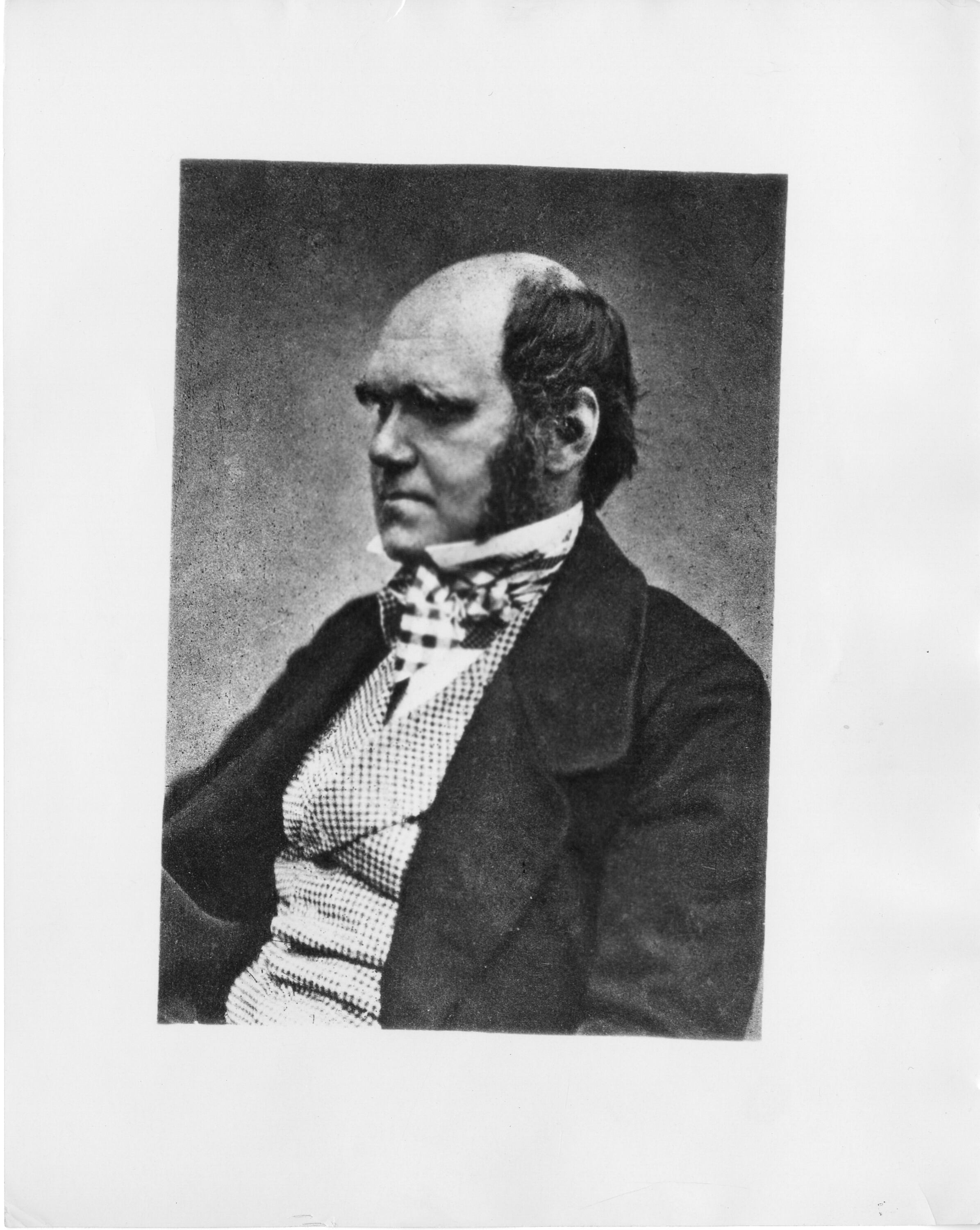
In Britain, likewise, the military and scientific establishments often overlapped.
“Scientific gentlemen” typically hitchhiked on naval expeditions of discovery and conquest (like Charles Darwin on board the Royal Navy’s brig-sloop Beagle) or served in the military themselves (like Royal Navy Capt. Constantine Phipps, who on an arctic voyage in 1773 secured the first scientific description of the polar bear).
An interest in natural history also provided the perfect training in careful observation—and plausible cover—for work as a spy. Stephen Maturin, the surgeon/naturalist/spy in Patrick O’Brian’s novels about the 19th century Royal Navy, wasn’t entirely a fiction.
If these naturalists managed to return alive and with good results, they often advanced into the corridors of power. Botanist Joseph Banks, for example, made his name (and helped discover “the kanguru”) with Cook aboard the Royal Navy’s bark Endeavour.
Back home Banks went on to orchestrate scientific expeditions in his capacity as president of the Royal Society, Britain’s national academy of sciences. He supervised Capt. William Bligh’s ill-fated voyage on the Royal Navy’s armed vessel Bounty to transport breadfruit trees from the Pacific to the Caribbean as a potential food source for slaves and was an early advocate of developing tea plantations in India to compete with China.
He also made himself a driving force for the British colonization of Australia.
In 1800, when Banks got wind of a French scientific expedition to Australia, he lobbied hard to launch a competing British effort. England was at war with France and needed all its resources. But the admiralty quickly assigned a ship, for fear the French might be secretly planning an Australian colony, and they allowed Banks to pick the captain.
He settled on 26-year-old Lt. Matthew Flinders, who had served under Bligh and who applied for the job by shrewdly emphasizing “the interests of geography and natural history in general.”
Flinders set sail in July 1801 on board a refitted collier of dubious repair named Investigator.
By then the French, under Capt. Nicolas Baudin, had gotten a nine-month head start.
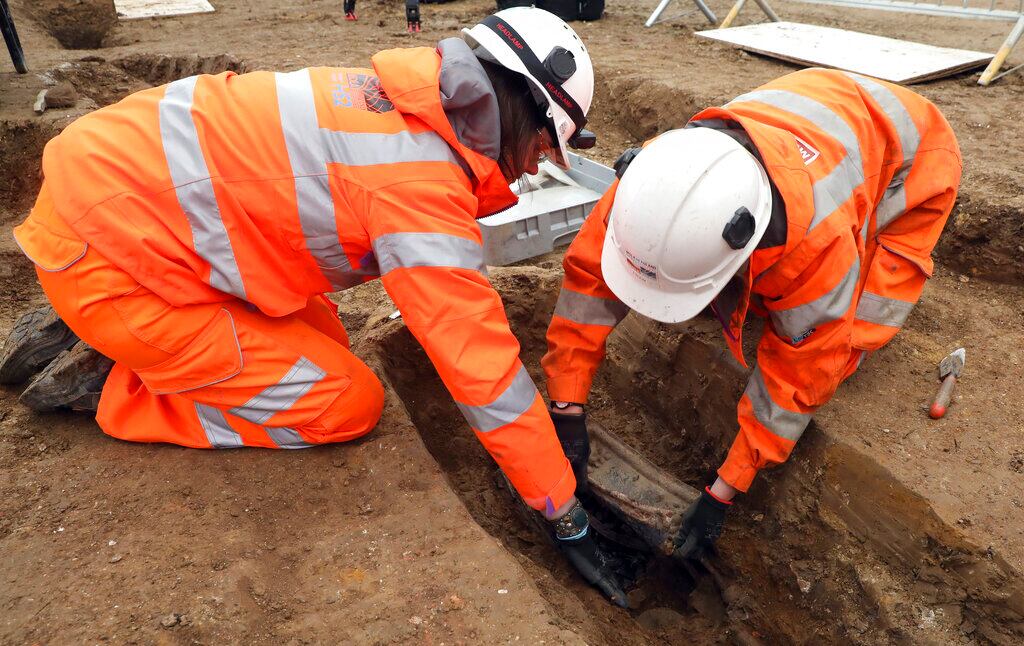
The hunt for species ultimately shaped not just the rivalry between these two expeditions, but also the fate of a continent.
Flinders made up for lost time and accomplished the first circumnavigation of Australia, a name he helped popularize (in place of New Holland). His expedition also brought back 150 genera and 1,500 species of new plants. The botanical focus served to identify favorable circumstances for agriculture, thus enabling new colonies to be self-sustaining.
Blending scientific and colonial priorities proved less successful for the French. Baudin sent home a spectacular assortment of new species, including 144 new birds. He also surveyed coastal Australia and eventually made peaceful contact with Flinders in what is now Encounter Bay.
But his party of 23 scientists bickered childishly, according to Encountering Terra Australis, a recent history of the rival voyages.
At one point, zoologist François Péron presented himself to Baudin dripping with blood from a fight with the ship’s surgeon over which of them would keep the heart of a shark they were dissecting.
Baudin was himself a naturalist. So he didn’t suffer from the tendency of naval officers to regard scientists as a nuisance. Indeed, as one naturalist noted, Baudin “would prefer to discover a new mollusk than a new landmass.”
And at Encounter Bay, a disgruntled French officer told the British, “If we had not been kept so long picking up shells and catching butterflies at Van Diemen’s Land [present-day Tasmania], you would not have discovered the south coast before us.”
It was almost proverbial: For want of a shell, the kingdom was lost, and thus the less fractious and more carefully focused British achieved lasting influence over Australia.
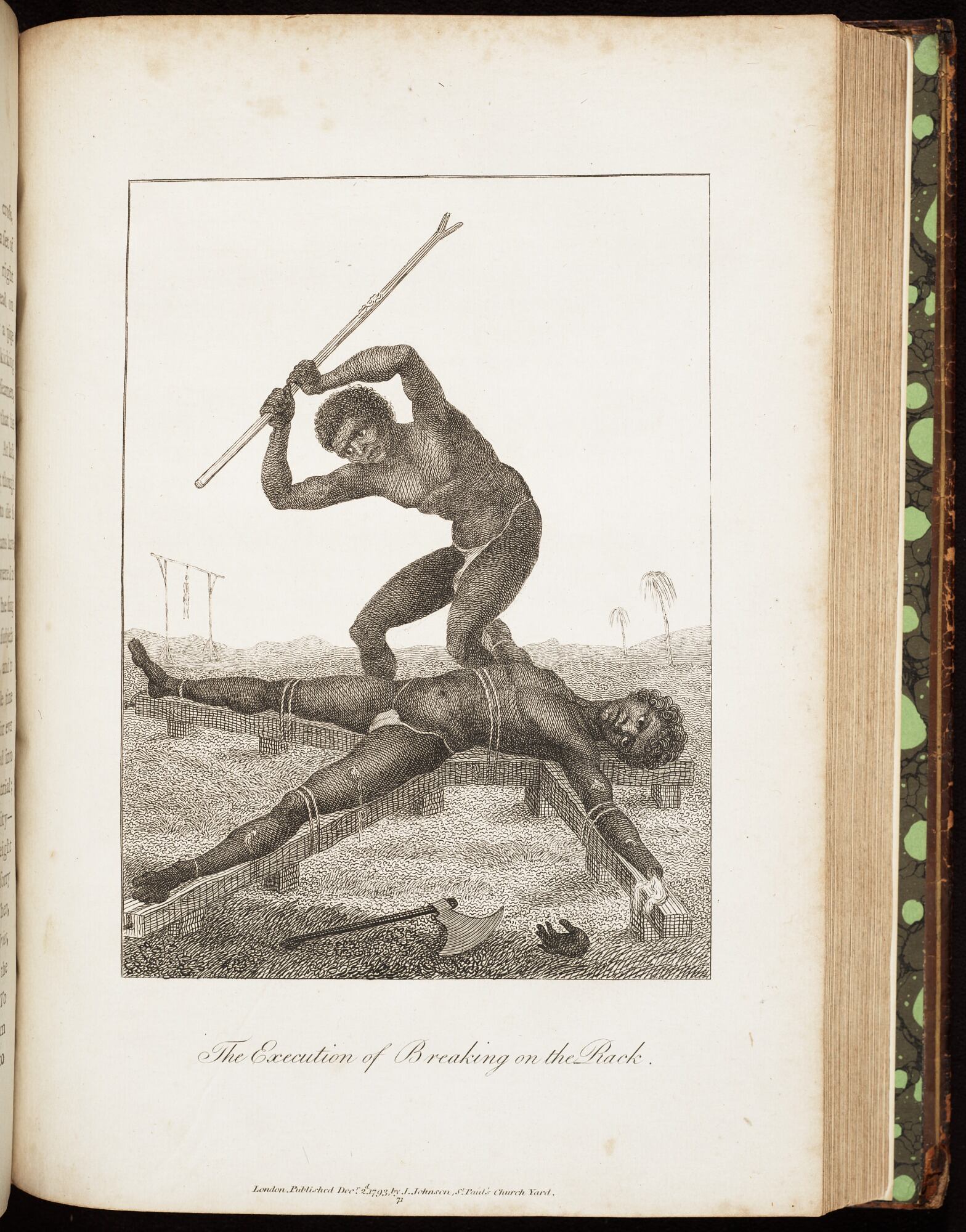
The combination of science, adventure and nationalistic ambition made naturalists the heroic figures of the day, like knights-errant in the Middle Ages.
“Our perfect naturalist,” the English novelist Charles Kingsley wrote in 1855, “should be strong in body; able to haul a dredge, climb a rock, turn a boulder, walk all day, uncertain where he shall eat or rest; ready to face sun and rain, wind and frost, and to eat or drink thankfully anything, however coarse or meager; he should know how to swim for his life, to pull an oar, sail a boat and ride the first horse which comes to hand; and, finally, he should be a thoroughly good shot and a skillful fisherman; and, if he go far abroad, be able on occasion to fight for his life.”
But the reality was inevitably far less heroic, and the contrast between the bloody work of combat and the delight of discovery could be jarring.
In an 18th century memoir, Dutch soldier John Stedman recounted service on an expedition to suppress runaway slaves in Suriname. What he saw of slavery disgusted him, and he described it in brutal detail.
But Stedman also offered his readers loving descriptions of spider monkeys, flying squirrels, cockatoos and coatimundis. One illustration, by Stedman’s friend, poet and artist William Blake, depicted a still-living slave hung from the gallows by a hook jammed under his ribs, while the next showed “The Toucan and the Flycatcher.”
Taking delight in the natural world was a way of coping that suited Stedman’s “incurable romanticism,” according to historians Richard and Sally Price, providing him a way “to distance himself from much of what he witnessed.”
Likewise, in 1848 a U.S. Army soldier waging guerrilla war in Mexico wrote home about “leaving in our track blood and fire, burning and plundering…sparing none but women and children.”
Then he added, “You will notice among the coleoptera I sent home many not duplicated. They were collected on scouts to parts I had no opportunity of revisiting.”
Small wonder.
Even so, the heroic image of naturalists was powerful enough that nations commissioned their navies and armies to conduct great biological collecting expeditions to every corner of the planet.
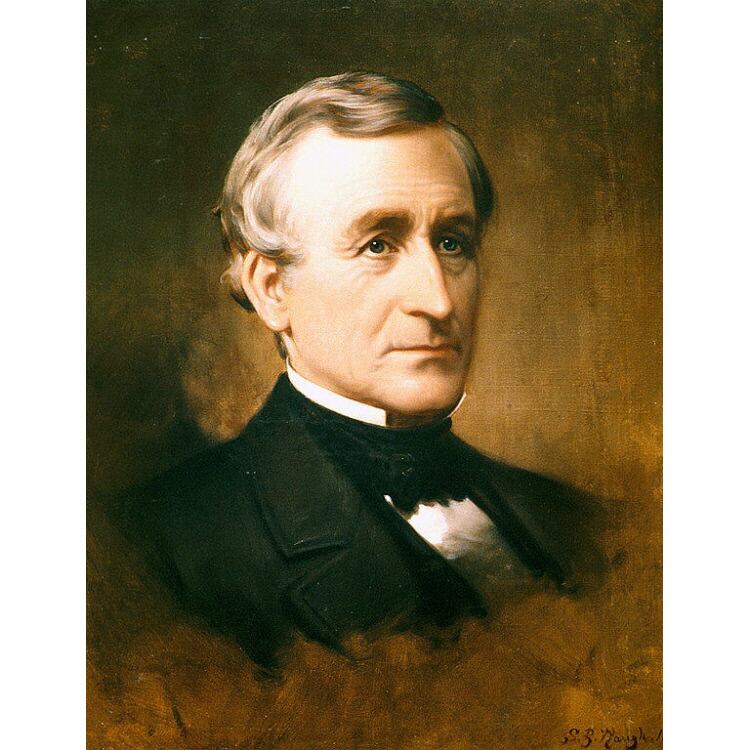
The U.S. Exploring Expedition, under the command of Navy Lt. Charles Wilkes, was the first great American effort to strut its scientific prowess on the world stage.
The Ex Ex, as it became known, explored the southern Pacific in 1838–42. Early on, one young naval officer expressed his admiration for the expedition’s naturalists, who had left the comforts of home “to garner up strange things of strange lands.”
Specimens from the Ex Ex soon became the basis for the natural history collection of the newly founded Smithsonian Institution in Washington, D.C.
The military continued to play a key role in making the Smithsonian a great national museum, particularly after Spencer Fullerton Baird went to work there in 1850.
Baird was adept at recruiting amateur collectors to ship him plant and animal specimens from the field, and he sent out an astonishing average of more than 3,500 letters a year to maintain this network. It helped that his father-in-law, Brig. Gen. Sylvester Churchill, was inspector general for the U.S. Army.
Thus Baird was able to make natural history collectors out of such unlikely characters as Maj. Gen. George B. McClellan, Capt. David Farragut and Commodore Matthew C. Perry.
He persuaded the Army to include naturalists on major survey expeditions, equipping them with the means to collect and preserve specimens.
Thanks in part to their efforts, Baird was able to build the Smithsonian’s natural history collection from a mere 6,000 specimens in 1850 to 2.5 million when he retired in 1887.
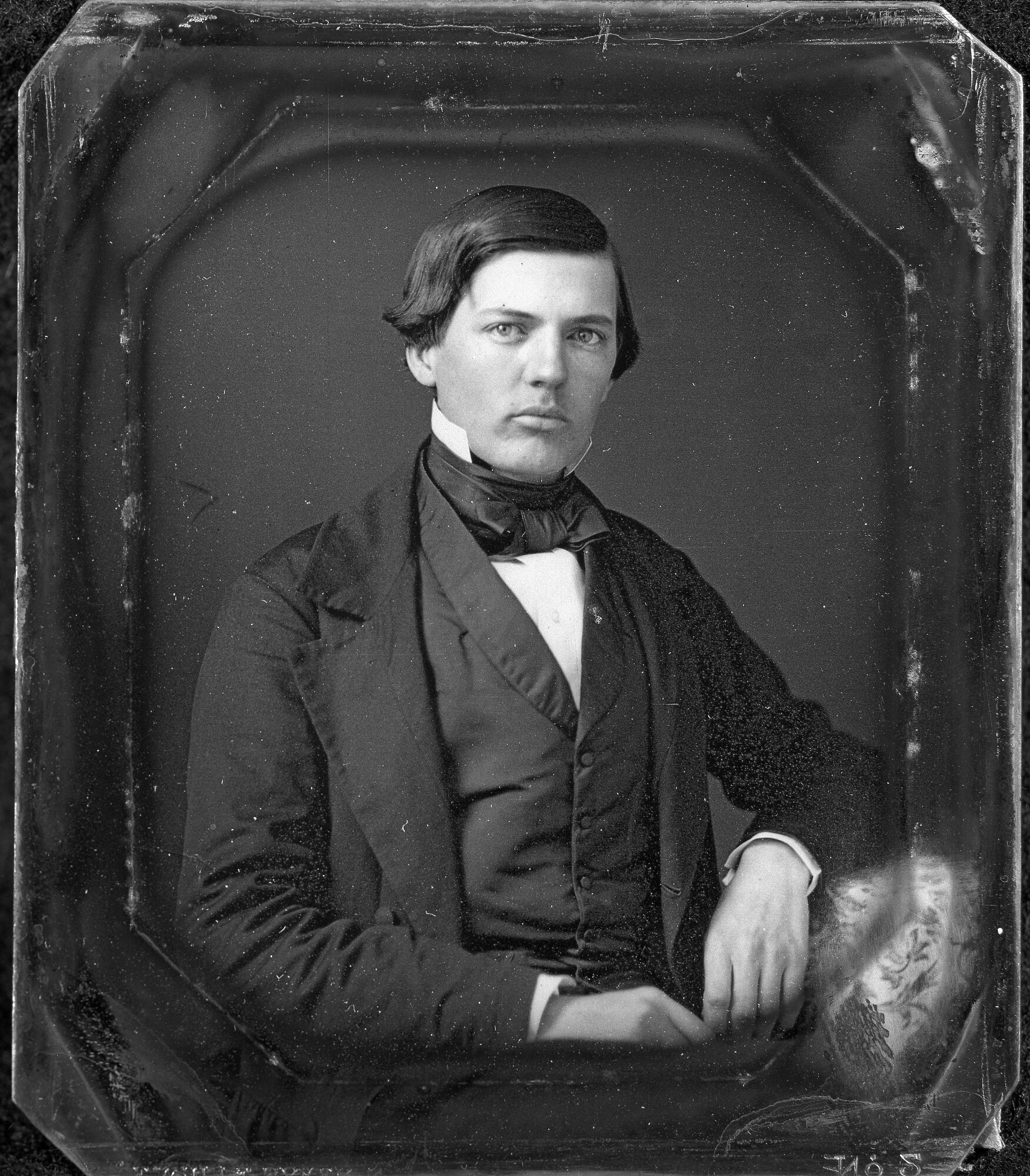
The military naturalists’ greatest achievement came at the end of the 19th century. Yellow fever, now largely forgotten in the developed world, was then a menace as far north as Boston, striking in violent summertime epidemics.
The disease takes its name from the way a victim’s skin waxes yellow as the liver fails. Other symptoms include intense fevers and chills, bleeding from the eyes and vomit the color and consistency of used coffee grounds, from half-digested blood. Delirium and convulsions follow, often leading to death.
Yellow fever seemed like a judgment from God, and the thick of an epidemic was a scene from hell. Cities fired cannons and burned tar to create great clouds of black smoke, hoping to dispel the pestilential “miasma.”
The dead accumulated faster than the living could bury them. A single 1853 epidemic killed more than 12,000 New Orleanians, the corpses at one cemetery “piled on the ground, swollen and bursting their coffins.” A newspaper described “withered crones and fat huxter [sic] women” selling ice cream and other treats just outside the cemetery gates, as flies buzzed back and forth between their wares and “the green and festering corpses.”
People often panicked during such epidemics, and even where official quarantines failed to limit travel, nervous locals threw up “shotgun quarantines,” closing down most commerce.
All of that changed after members of the U.S. Army Yellow Fever Commission, commanded by Army Maj. (and doctor) Walter Reed, visited physician and scientist Carlos Finlay at his home in Havana, Cuba, on Aug. 1, 1900, and listened to his ideas about mosquito-borne transmission of the disease.
Grateful to have a receptive scientific audience after years of being ridiculed as “the mosquito man,” Finlay presented his visitors with a porcelain dish of the black, seed-like eggs of the suspect mosquito, Aedes aegypti.
Army researchers hatched mosquitoes from those eggs, infected them with yellow fever, allowed it to incubate and then used the mosquitoes to transmit the disease to human volunteers, soldiers and medical staff. (Jesse W. Lazear, a physician on temporary assignment to the Army Medical Corps, died after being bitten by an infected mosquito.)
With Finlay’s theory confirmed, Cuban officials began mosquito-control efforts. Military Governor Brig. Gen. Leonard Wood called it “the greatest step forward made by medicine since [Edward] Jenner’s discovery of the [smallpox] vaccination.”
Recalling the years when quarantines shut down America “from the mouth of the Potomac to the mouth of the Rio Grande,” Wood predicted, “Hereafter it will never be possible for yellow fever to gain such headway.”
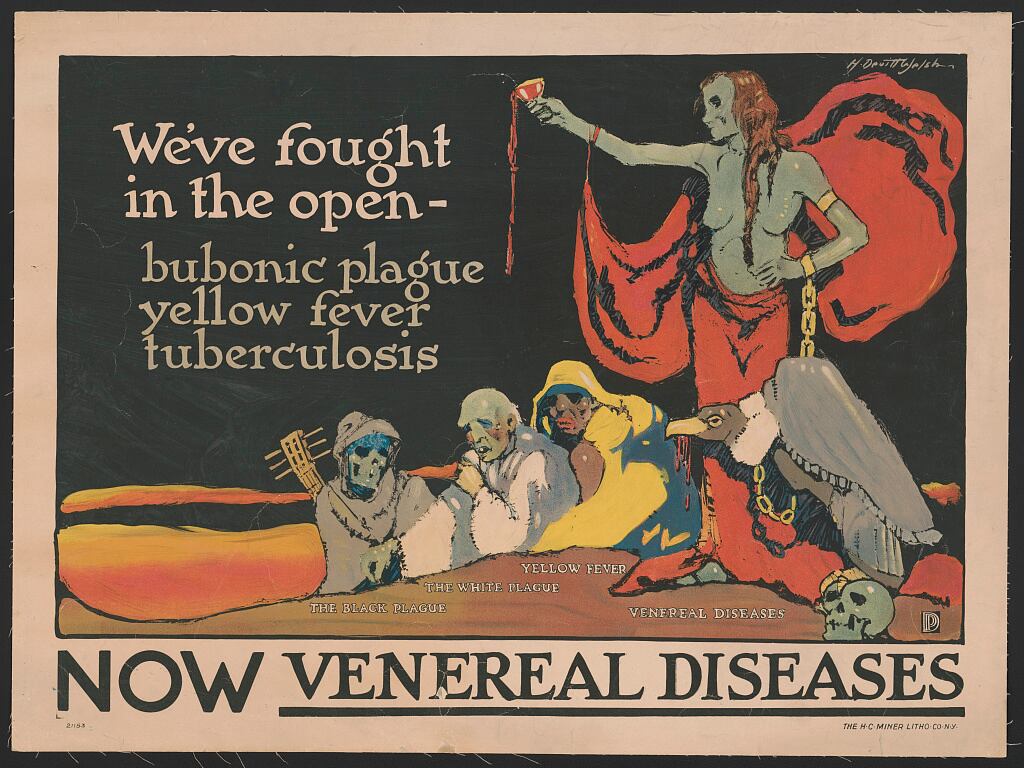
The first true test came in 1905, when yellow fever once again struck New Orleans. Clergymen preached Reed’s “mosquito doctrine” of fever transmission from the pulpit, and one medical authority urged that mosquito control “had to be taught and practiced as the very catechism and Bible of our entire conduct.”
This new religion centered on identifying yellow fever patients quickly, screening and fumigating their rooms to prevent infected mosquitoes from spreading the disease and, above all, screening the open cisterns that supplied water to every house — and which also served as mosquito breeding ponds. Officials fined and even jailed people for failing to take the necessary precautions.
In early August, President Theodore Roosevelt ordered the U.S. Public Health Service to take charge of the anti-mosquito campaign.
A British observer reported: “Cleanly, swiftly, scientifically, the olive-green uniforms darted hither and thither into dens of filth and obscurity, opening up every corner to the bright light of science…so swiftly that it was like watching a huge machine, well oiled and efficacious, performing a marvelous task with perfect show of ease.”
Through late summer the number of new cases of yellow fever began to drop, not climb as had happened in the past. In the end, yellow fever caused only 452 deaths in the city and another 500 elsewhere in Louisiana. Reed’s regimen saved at least 3,400 lives that summer in New Orleans, and the lessons learned there spread quickly to other regions.
Walter Reed had died a few years earlier, of a ruptured appendix. But he had boldly focused the reputation and might of the U.S. Army on an obscure mosquito species, at a time when skeptics still considered it an absurdly trivial adversary.
As a result, 1905 was the last time the United States suffered the terror of a yellow fever epidemic. The military naturalists had given the world very useful knowledge indeed.
RELATED
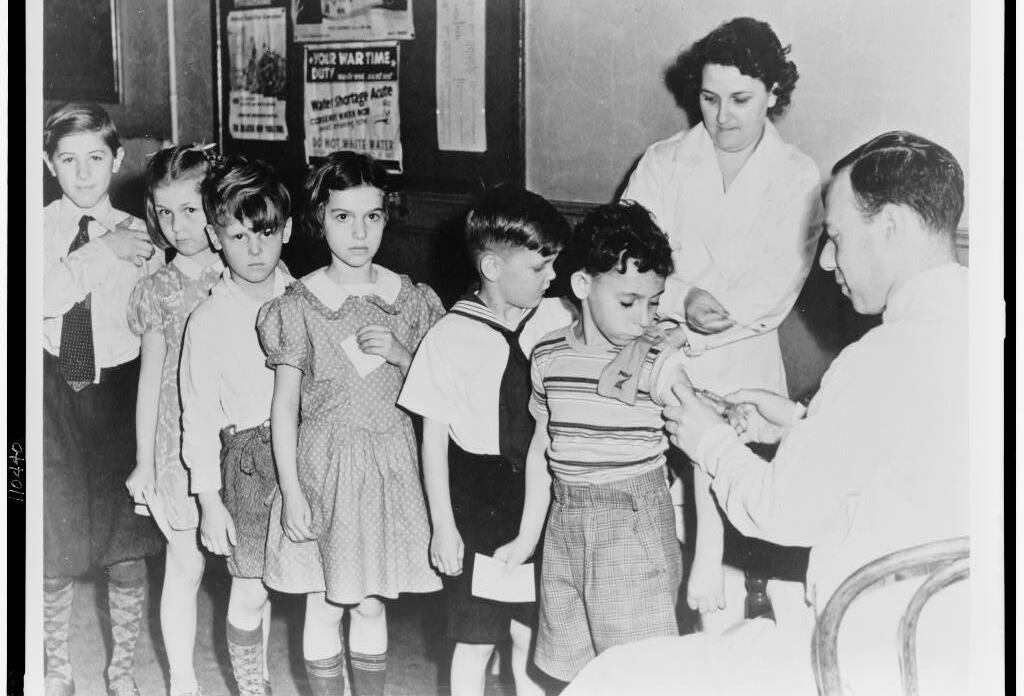
For further reading Richard Conniff recommends: Sea of Glory, by Nathaniel Philbrick, and The Voyage of the Beagle, by Charles Darwin. This article was first published at HistoryNet, a sister publication of Navy Times.




